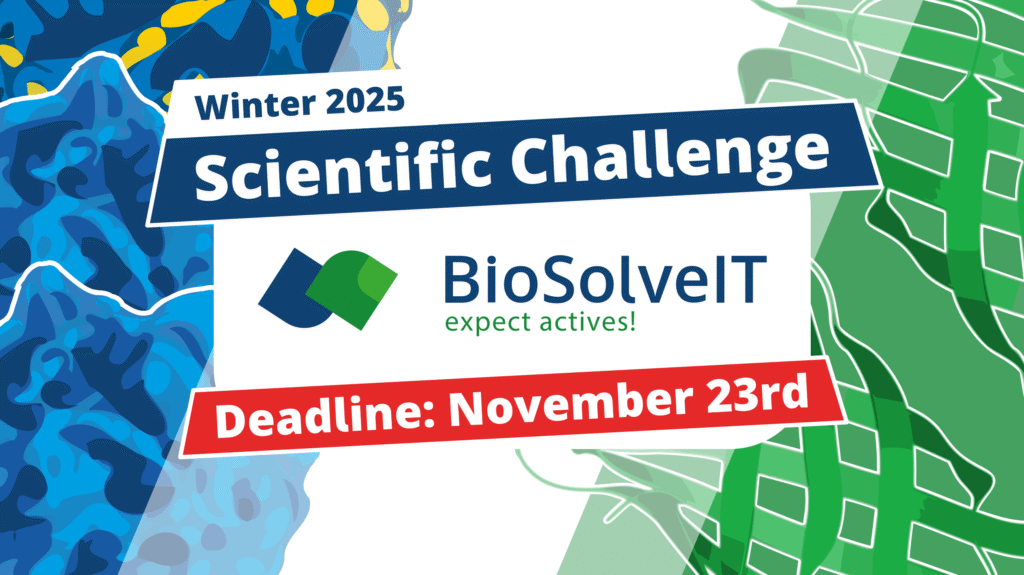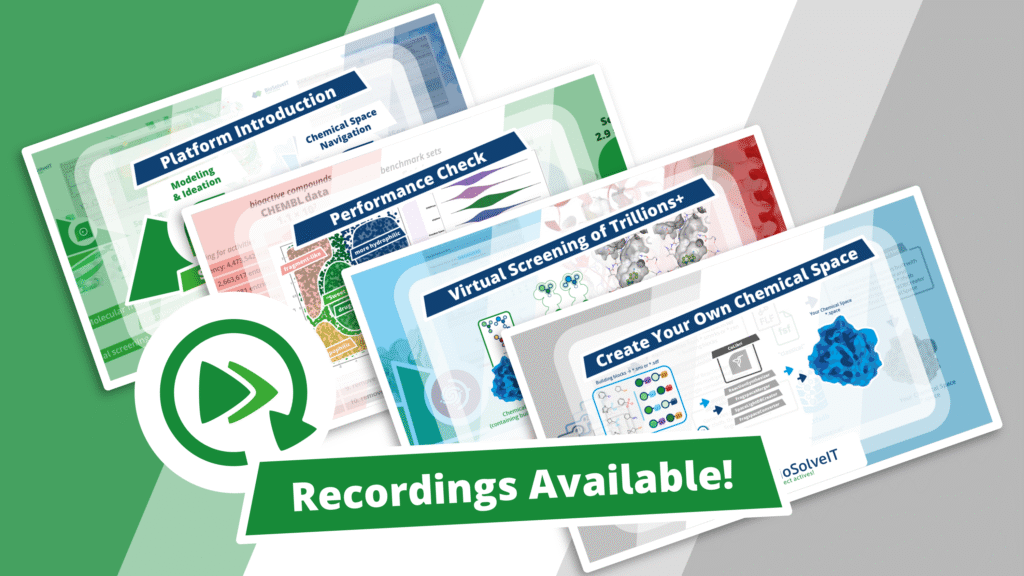The search for bioactive compounds is the key step in early drug discovery. Among other techniques, the similarity principle (in the form of matched molecular pairs or free energy prediction), structure-based virtual screening, and of course experimental high throughput screening are applied. In this talk, our results related to the use of machine learning (ML) in these three design scenarios are summarized. How well does classical ML on matched molecular pairs affinity data perform? What signals do ML-based scoring functions for protein-ligand docking capture? How can we make use of ML in the evaluation of experimental screening data?








